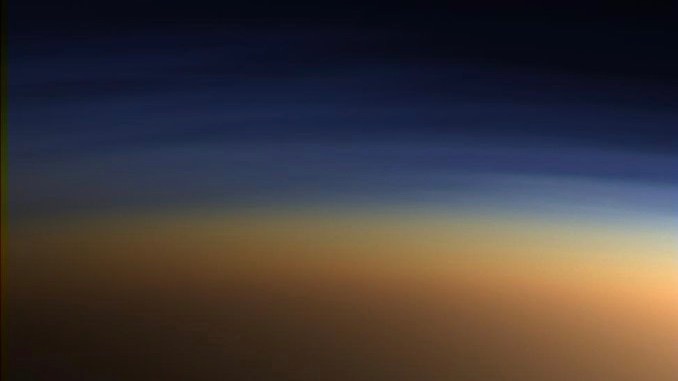
Ice is an abundant phase of water in the solar system, however, we are currently limited in our knowledge of in situ microbial activity in icy environments, specifically in subglacial systems and in glacial ice. Glaciological processes under ice masses, including ice sheets, produce conditions favorable for microbes by forming subglacial aquatic environments through basal melting and providing nutrients and energy for microbes from bedrock comminution. Microbes have been found in subglacial waters, subglacial sediments and basal ice from all types of glacial systems and certain types of organism demonstrated as active in laboratory cultures in simulated in situ conditions (dark, 0-4oC). Subglacial microbial activity has also been inferred from geochemical and isotopic analyses of glacial meltwaters. Further, culture independent analyses of subglacial microbial communities suggest selection for certain types of organism based on available energy sources. Microbial activity in debris rich basal ice has also been inferred from gas analyses, and laboratory studies have shown microbial activity in ice at sub freezing temperatures. Current findings will be discussed and their implications for future astrobiological investigations.
 Getting Under Europa’s Skin
Getting Under Europa’s Skin Tracing Formation and Evolution of Outer Solar System Bodies Through Stable Isotopes and Noble Gas Abundances
Tracing Formation and Evolution of Outer Solar System Bodies Through Stable Isotopes and Noble Gas Abundances Photosynthesis, a Planetary Revolution
Photosynthesis, a Planetary Revolution Xenon: King of the Gases
Xenon: King of the Gases